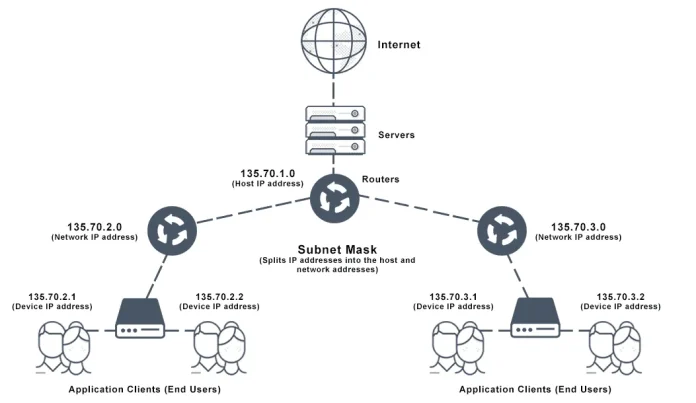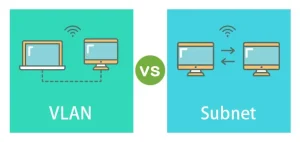How Do I Split An IP Address Into Subnets
When working with computer networks, understanding how to split an IP address into subnets is an essential skill. Subnetting allows you to divide a single IP address into multiple smaller networks, enabling more efficient use of available IP addresses and improving network performance.
In this article, we will explore the process of splitting an IP address into subnets and provide a step-by-step guide to help you master this important networking concept.
What is an IP Address?
An IP address is a unique identifier assigned to each device connected to a network. It allows devices to communicate with each other, and it plays a crucial role in the routing of data packets across the internet.
An IP address consists of a series of four numbers, separated by periods, such as 192.168.1.1. Each number in the IP address represents a different portion of the address, with the range of possible values being 0 to 255 for each number.
What is Subnetting?
Subnetting is the process of dividing a single IP address into multiple smaller networks, or subnets. This is done by borrowing bits from the host portion of the IP address and allocating them to the network portion.
Subnetting allows for more efficient use of available IP addresses, improves network performance, and enables better organization of devices within a network.
Step-by-Step Guide to Splitting an IP Address Into Subnets
- Determine the Number of Subnets Needed: The first step in splitting an IP address into subnets is to determine how many subnets are needed for your network. This will depend on the specific requirements of your network and the number of devices that need to be connected.
- Determine the Number of Hosts per Subnet: Next, you will need to determine the number of hosts that will be connected to each subnet. This will help to determine the subnet mask that will be used to split the IP address into subnets.
- Choose a Subnet Mask: The subnet mask is a 32-bit number that is used to divide the IP address into network and host portions. The subnet mask consists of a series of binary 1s followed by a series of binary 0s. The number of 1s in the subnet mask determines the size of the network portion of the IP address, while the number of 0s determines the size of the host portion.
- Calculate the Number of Subnet Bits: To calculate the number of subnet bits that will be used to divide the IP address into subnets, you can use the formula 2^n, where n is the number of subnet bits. For example, if you need 8 subnets, you will need to borrow 3 bits (2^3 = 8) from the host portion of the IP address.
- Divide the IP Address Into Subnets: Once you have chosen a subnet mask and determined the number of subnet bits, you can then divide the IP address into subnets by assigning each subnet a unique network address. This is done by incrementing the network portion of the IP address based on the number of subnet bits that were borrowed.
FAQs
Q: What is the purpose of subnetting? A: Subnetting allows for more efficient use of available IP addresses, improves network performance, and enables better organization of devices within a network.
Q: How many subnets can be created with a given number of subnet bits? A: The number of subnets that can be created depends on the number of subnet bits used. The formula 2^n, where n is the number of subnet bits, can be used to calculate the number of possible subnets.
Q: What is the subnet mask used for? A: The subnet mask is used to divide the IP address into network and host portions, determining the size of each.
Q: What are the benefits of subnetting? A: Subnetting allows for efficient use of IP addresses, reduces network congestion, improves security, and enables better organization of devices within a network.
In conclusion, splitting an IP address into subnets is an important networking concept that allows for more efficient use of available IP addresses, improves network performance, and enables better organization of devices within a network.
By following the step-by-step guide provided in this article, you can master the process of subnetting and enhance your networking skills.






